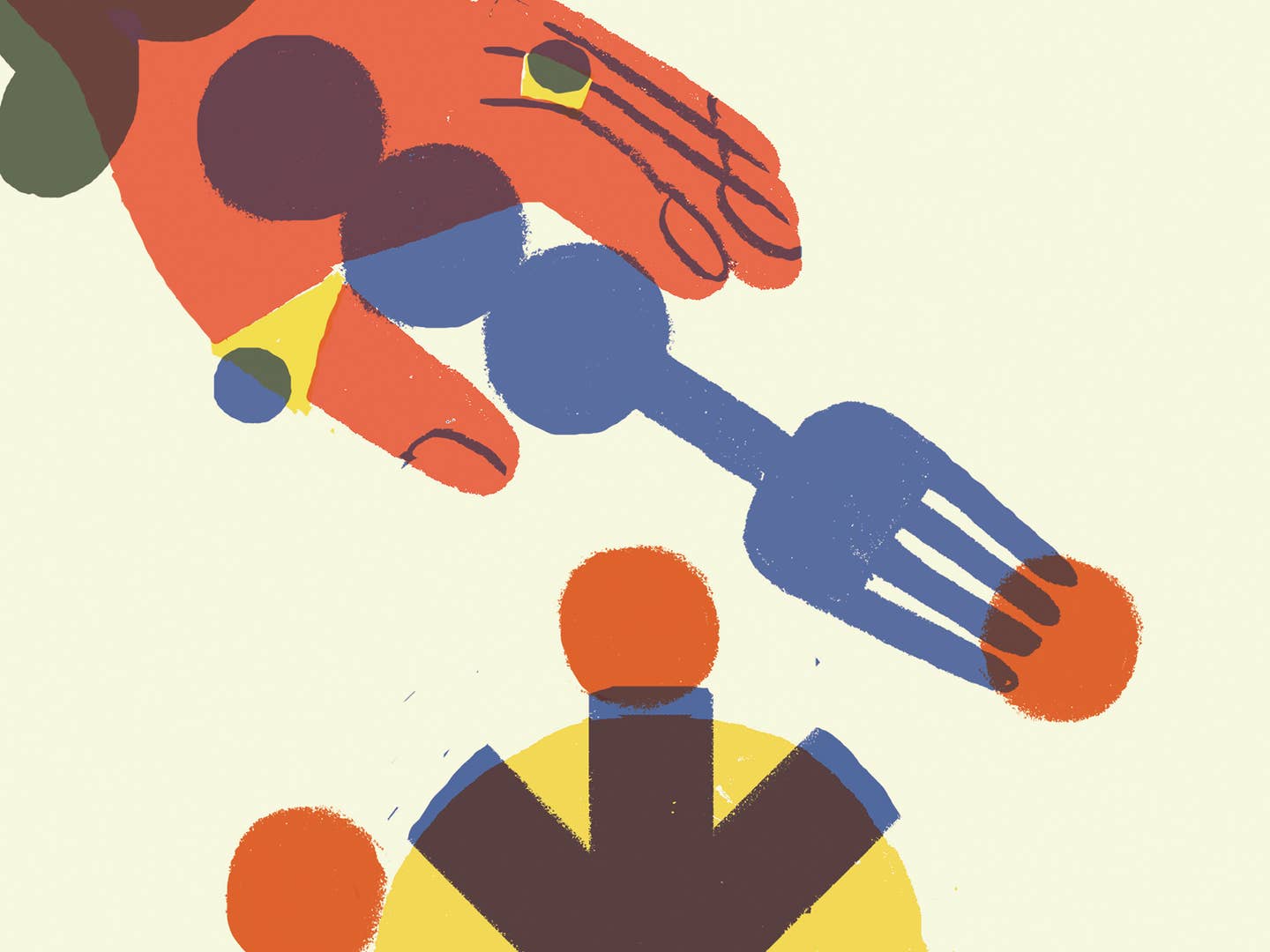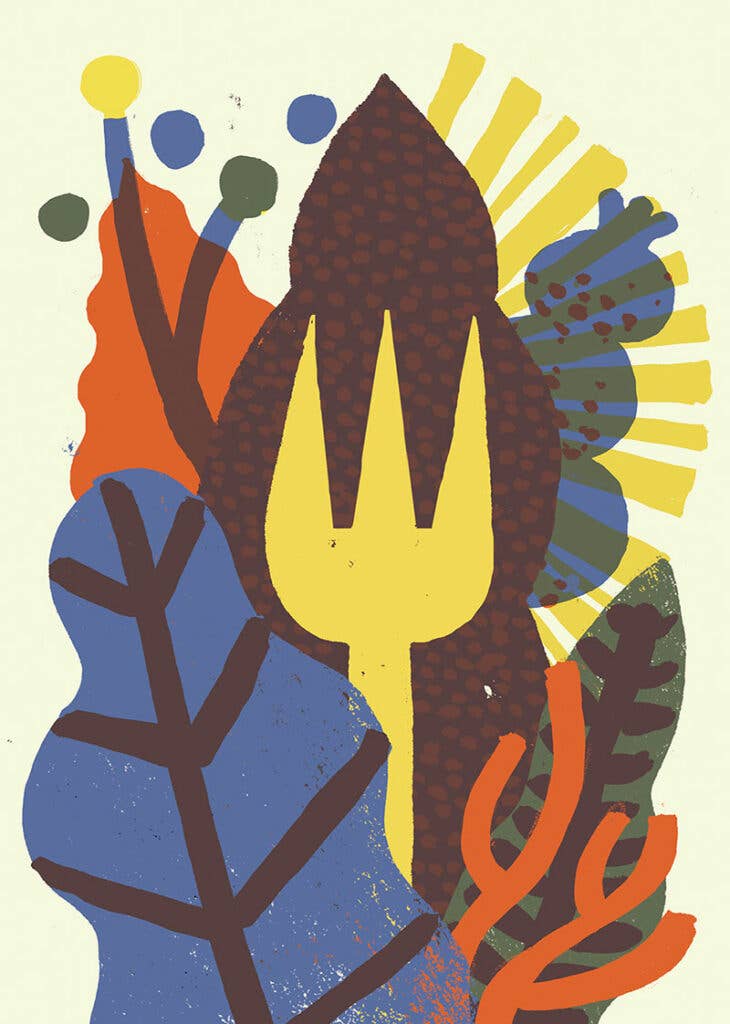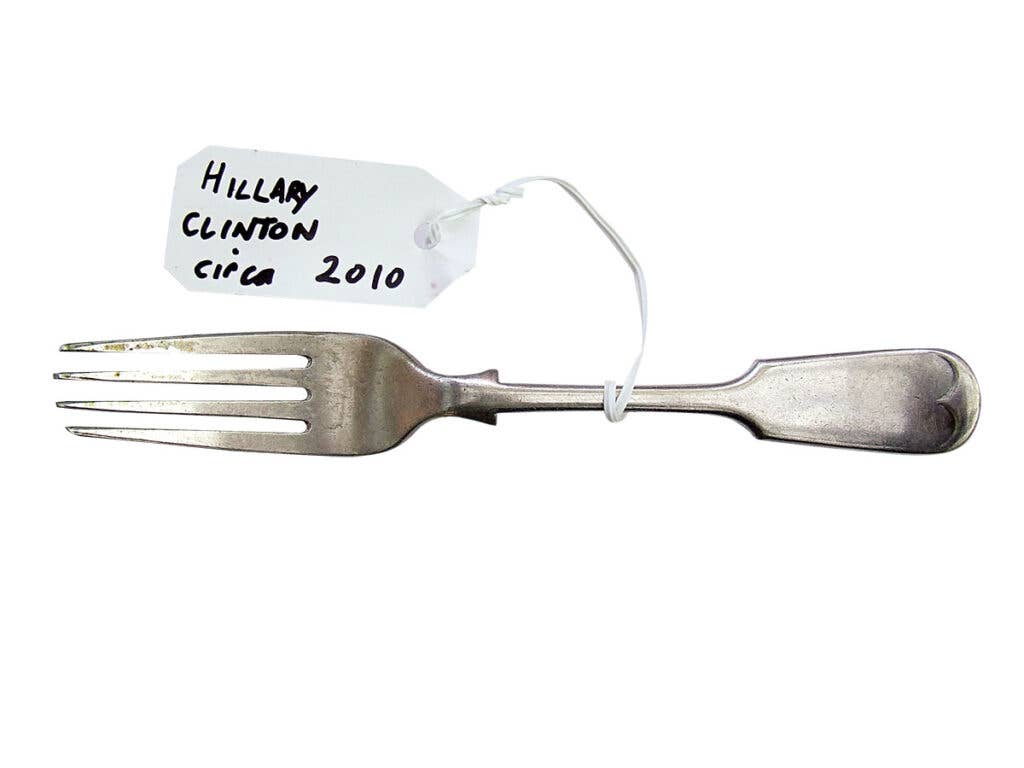
A Brief (Political) History of the Fork
How the most essential silverware saved a nation and shaped modern dining etiquette
Symbol of Sin
Europe, 11th Century
On the eve of her wedding to the Doge of Venice, Theodora Anna Doukaina, a Byzantine princess, introduces Europe to the fork—a tiny golden implement with which to eat sweetmeats and candied fruits. The Church is aghast. Are her God-given hands not good enough? It deems the tines a pretentious indulgence, casting the fork as sinful and effeminate—a charge which lingers for several centuries.
Forking awesome silverware from the heyday of custom cutlery
Read More: A Menagerie of Really Weird Forks
Silverware Sovereignty
United States, 1837
"If you wish to imitate French or English, you will put every mouthful into your mouth with a fork. But if you think, as I do, that Americans have as good a right to their own fashions…you may choose the convenience of feeding yourself with your hand, armed with a steel blade." In writing this, Eliza Farrar, the wife of a Harvard professor, expresses that Americans should distance themselves from Britain's fork penchant and stick to their wide, flat knives.
How the Fork Saved Thailand
Thailand, 1800s
As Europe greedily colonizes Thailand's neighbors, King Mongkut (above) modernizes his kingdom to prevent political takeover. In addition to Mongkut's efforts to Westernize military strategies, advance women's rights, and invite in Western business, his brother leads the adoption of Western cutlery. The fork, it's said, "saves" Thailand from colonization.
Place Settings as Power
United States, Early 1900s
Accumulating an elaborate set of silverware is one way Victorians signify their social status. Hence, the dizzying array of specialized forks (the asparagus fork, the strawberry fork, the ice cream fork, and at least 30 others) that proliferates in flatware design. So numerous are American cutlery pieces—including this absurd "Bird" pattern macaroni serving fork (above)—that in 1926, Secretary of Commerce Herbert Hoover and Sterling Silverware Manufacturers impose a limit on the number of pieces in any silverware pattern, capping sets at 55.

Jungle Dining
Congo, 1920s
Sweating in the African heat, European missionaries host tea parties with the Congolese to encourage them to use Western cutlery and adhere to European modes of dining. This presumptuous paradigm, later known as the "knife-and-fork doctrine" dangerously equates formal dining with hygiene and civility.
Four-Pronged Progress
Tehran, 1920s
Lusting after Westernization as a means of progress, Iran's shah and the country's elite begin using forks and knives in lieu of their hands to make themselves more "presentable" to European political figures. In 1928, Tehranian authorities ban eating with one's hands in kebab shops and require that forks and knives be set for diners. The law is largely ignored.

Anti-Fork Fascism
Italy, 1930s
Led by the doctrine-spouting Filippo T. Marinetti (above), the Italian Futurists are a group of high-octane artists associated with Fascism and a technophilic breed of nationalism. In several manifestos, Marinetti insists that diners eschew the fork as well as traditional foods like pasta, which he believes fosters a dependence on foreign wheat and holds Italians back from cultural progress.

Reconsidering the Chopstick
China, 1984
Citing the rise of endemic diseases and the hygienically questionable practice of sharing meals with chopsticks, high-ranking Communist Hu Yaobang urges his countrymen to consider the fork in a 1984 speech. His suggestions are met with rancorous objection, a sentiment shared by America's Chinese restaurateurs.

Poking at the 1%
Melbourne, 2016
Over the course of 15 years, in an effort to provoke conversation about economic inequality, artist Van T Rudd and a secret group of collaborators privy to exclusive corporate dinners or political fund-raisers, have been stealing forks from wealthy, powerful one-percenters around the world (above). These forks, on display in the Footscray Art Gallery in Melbourne, Australia, are marked with a tags calling out the billionaire or dignitary who ate with them, rendering the luxury utensils an artifact of wealth disparity.
Keep Reading
Continue to Next Story










